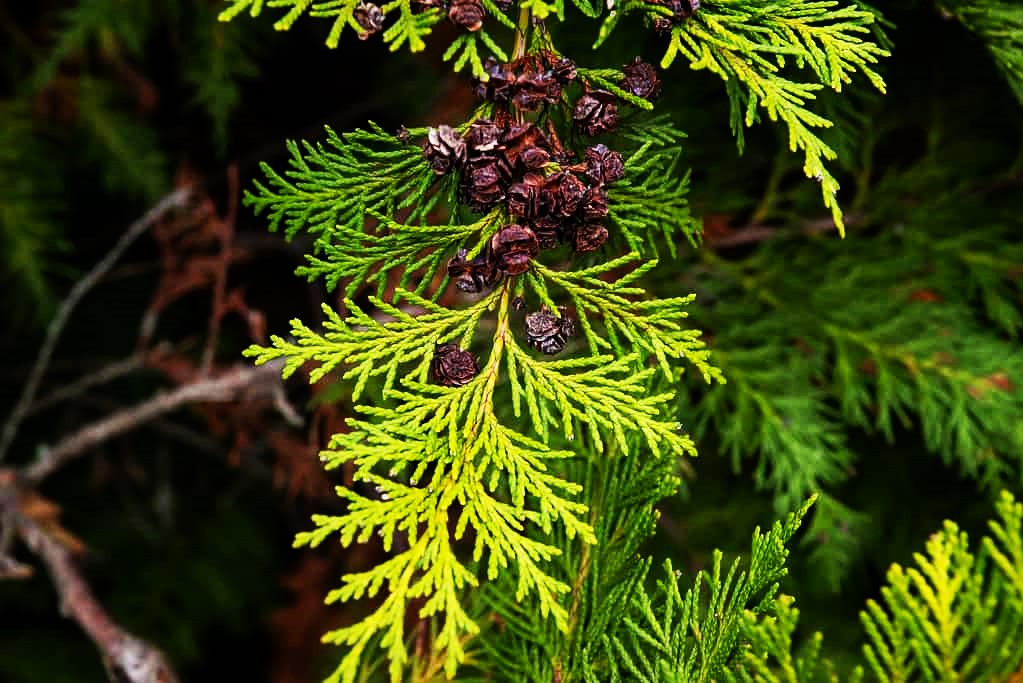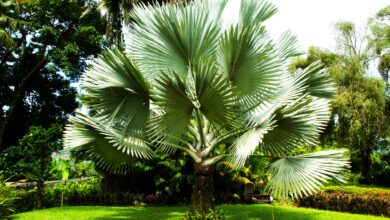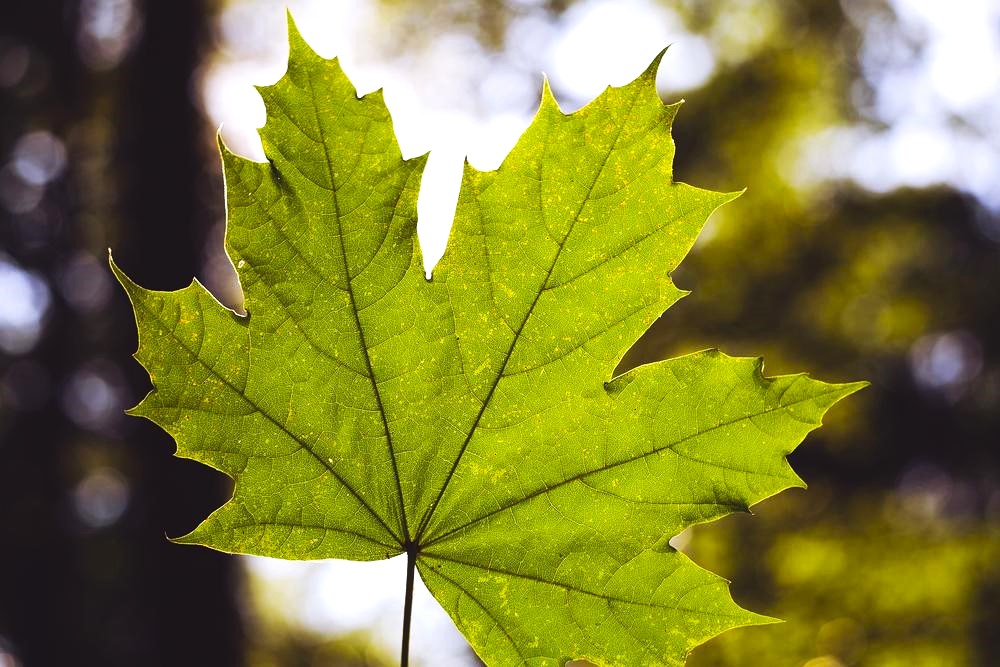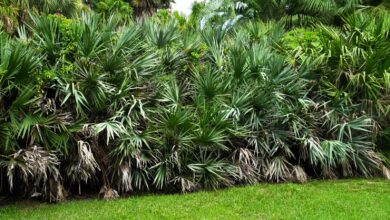Japanese Black Pine Trees: Japanese Black Pine Information
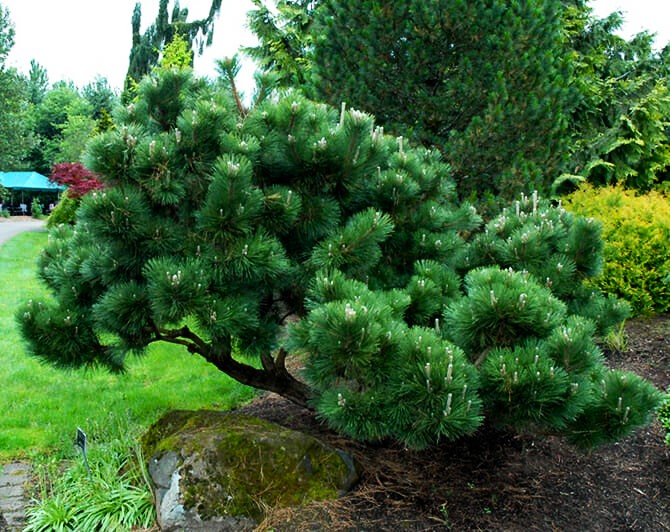
Japanese black pine can reach heights of 20 feet (6 meters), making it perfect for coastal landscapes. Grown farther inland, it can grow to an amazing height of thirty-five meters, or one hundred feet. Continue reading to learn more about this large, exquisite tree.
A Japanese Black Pine: What Is It?
Japanese black pine trees (Pinus thunbergii), which were imported from Japan, are far more resilient to salt spray and sandy, salted soil than native species. It is therefore an important feature of coastal landscapes. Give it plenty of space if you’re growing it inland because it gets much larger. Mature trees typically reach heights of 60 feet (18 meters), but in the right conditions, they can reach heights of 100 feet (30.5 meters).
The white terminal buds on this tree, which contrast exquisitely with the dense clusters of dark green needles, are among the first features you’ll notice about it. Usually bundled in pairs, the needles measure approximately 4.5 inches (11 cm) in length. When the tree is young, it grows into a tight, tidy conical shape; as it ages, however, its shape becomes looser and more irregular.
Information on Planting Japanese Black Pine
Caring for Japanese black pine is simple. Ensure that the location is bright and open. Allow plenty of space because the branches can spread out up to 25 feet (8 meters).
In an inland location with good soil, planting a balled and burlapped tree won’t be too difficult; however, if planting on a sand dune, purchase container-grown saplings. To fill in the space around the roots, dig a hole that is two to three times wider than the container and add a lot of peat moss to the sand mixture. Although sand drains quickly, the peat moss will help it retain moisture.
Until the tree is well-established and starting to grow on its own, water it once a week when it doesn’t rain. Once established, the tree can withstand drought.
Even though the tree can tolerate most types of soil, in poor soils it will require an annual or two-year fertilizer dose. Any complete and balanced fertilizer will work if you don’t have access to one made specifically for pine trees. As you follow the directions on the package, gauge how much fertilizer you need based on the size of the tree. For the first two years, shield the tree from severe winds.


